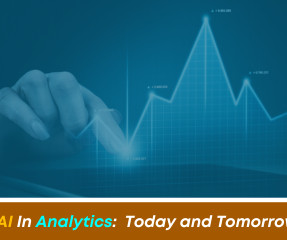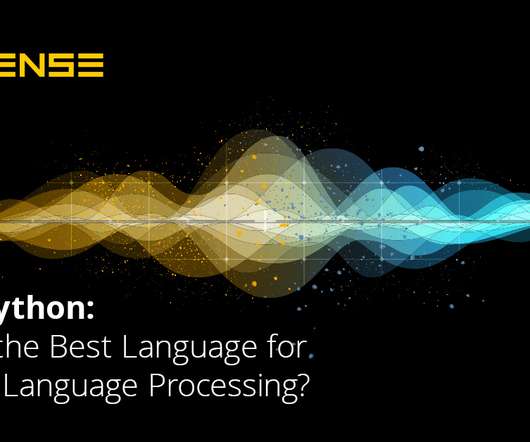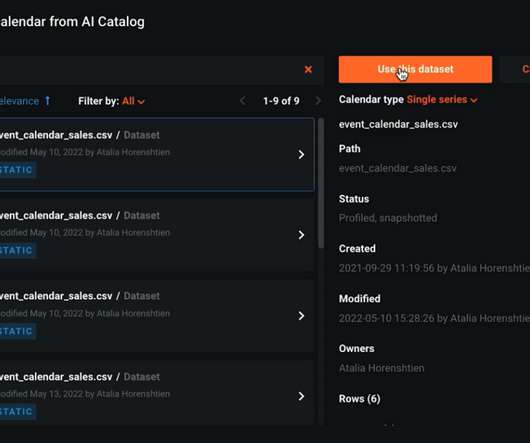AI In Analytics: Today and Tomorrow!
Smarten
APRIL 19, 2024
Anomaly Alerts KPI monitoring and Auto Insights allows business users to quickly establish KPIs and target metrics and identify the Key Influencers and variables for the target KPI.

Smarten
APRIL 19, 2024
Anomaly Alerts KPI monitoring and Auto Insights allows business users to quickly establish KPIs and target metrics and identify the Key Influencers and variables for the target KPI.

Sisense
APRIL 10, 2020
Using XG-Boost to model the text data resulted in an almost identical score for Python and R. There are many performance metrics to evaluate performance of Machine Learning models. This metric can be used in classification analyses to identify a model’s ability to predict a desired attribute, based on the training data.
This site is protected by reCAPTCHA and the Google Privacy Policy and Terms of Service apply.

IBM Big Data Hub
DECEMBER 20, 2023
Unsupervised machine learning Unsupervised learning algorithms—like Apriori, Gaussian Mixture Models (GMMs) and principal component analysis (PCA)—draw inferences from unlabeled datasets, facilitating exploratory data analysis and enabling pattern recognition and predictive modeling.

Domino Data Lab
AUGUST 1, 2021
The interest in interpretation of machine learning has been rapidly accelerating in the last decade. This can be attributed to the popularity that machine learning algorithms, and more specifically deep learning, has been gaining in various domains. Methods for explaining Deep Learning.

IBM Big Data Hub
JULY 6, 2023
Other challenges include communicating results to non-technical stakeholders, ensuring data security, enabling efficient collaboration between data scientists and data engineers, and determining appropriate key performance indicator (KPI) metrics. Python is the most common programming language used in machine learning.

DataRobot Blog
DECEMBER 15, 2022
While AI-powered forecasting can help retailers implement sales and demand forecasting—this process is very complex, and even highly data-driven companies face key challenges: Scale: Thousands of item combinations make it difficult to manually build predictive models. A variety of models are been trained in parallel.

IBM Big Data Hub
AUGUST 28, 2023
Text representation In this stage, you’ll assign the data numerical values so it can be processed by machine learning (ML) algorithms, which will create a predictive model from the training inputs. If necessary, make adjustments to the preprocessing, representation and/or modeling steps to improve the results.
Let's personalize your content